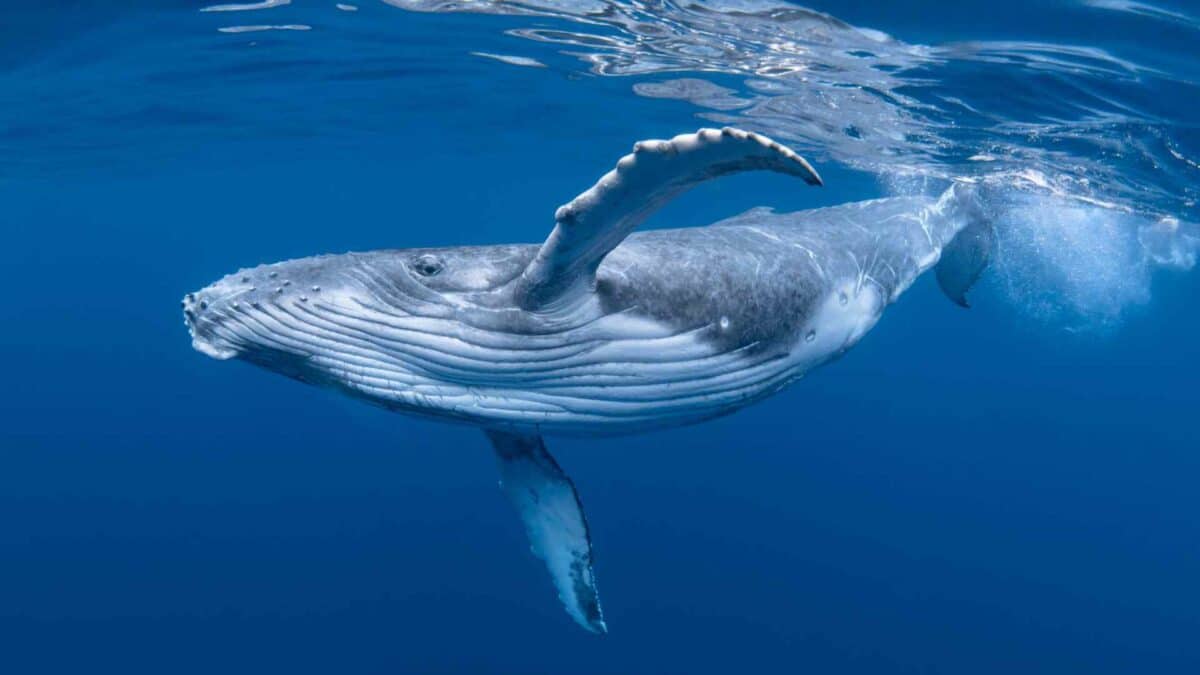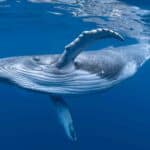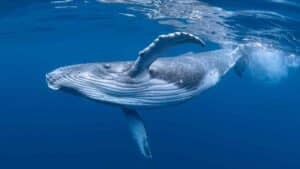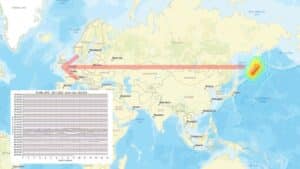
Whales Travel Further, Dive Deeper – New Data Reveals

New research has found that whales may be travelling up to 20% farther than previously believed — a discovery that could reshape how scientists understand the energy demands of migration in the world’s oceans.
Published in the journal Ecology, the study — co-authored by Dr Olaf Meynecke of Griffith University — highlights a major oversight in how animal movements have traditionally been measured, particularly for marine species like whales.
“For years we’ve used satellite tags to track whale movements across oceans,” said Dr Meynecke. “But it turns out we’ve been missing a significant part of the journey.”
The international research team, including experts from the University of Connecticut, the Smithsonian Institution and the Pontific University of Ecuador, combined satellite tracking with geodesy — the science of Earth’s shape — to paint a more accurate picture of whale migration.
Unlike land-based animals, whales travel in three dimensions — not just across the sea surface but also vertically through the water column as they dive and resurface. Factoring in this 3D movement and the curvature of the Earth, researchers found that traditional tracking methods significantly underestimate actual distances.
Using data from the Whales & Climate Program, the team analysed one of the longest continuous humpback whale migrations ever recorded — from Ecuador to near Antarctica. While the conventional surface measurement was roughly 6,658 kilometres, the revised 3D model showed the whale likely travelled around 7,713 kilometres — about 16% more.
“That’s the equivalent of a round-trip journey from Dublin to New York — with an extra detour thrown in,” noted Dr Meynecke.
Some whales migrating between South America and Antarctica could be covering as much as 14,000 kilometres in a single season — seven times more than the average person drives in a year.
Beyond the sheer scale of these journeys, the findings have significant implications for conservation. “If whales are using more energy than we’ve accounted for, we may be underestimating the ecological stress and the impact of climate change on these long-distance travellers,” said Dr Meynecke.
The study, titled Accounting for Earth’s curvature and elevation in animal movement modelling, could prompt scientists to revise current models of migration and rethink strategies for protecting marine species in a rapidly changing ocean.
Share this WeathÉire story:





















